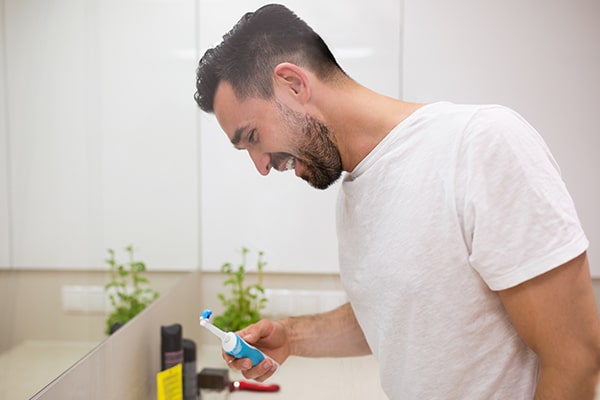Periodontal Disease
Learn about this common disease that affects almost everyone.
Periodontal diseases are infections of the gums, which gradually destroy the support of your natural teeth. There are numerous disease entities requiring different treatment approaches. Dental plaque is the primary cause of gum disease in genetically susceptible individuals. Daily brushing and flossing will prevent most periodontal conditions. Three out of four Americans have some form of periodontal disease, and only 3 out of 100 will ever get treated before it’s too late.
Risk Factors for Gum Disease
Bacteria found in plaque produces toxins or poisons that irritate the gums, which may cause them to turn red, swell and bleed easily. If this irritation is prolonged, the gums separate from the teeth, causing pockets (spaces) to form. As periodontal diseases progress, the supporting gum tissue and bone that holds teeth in place deteriorate. If left untreated, this leads to tooth loss.
Gum disease is a silent, chronic, painless, and communicable bacterial infection that often goes undetected or ignored until severe gum and bone destruction is unbearable and no longer able to be ignored. Left untreated, gum disease can cause tooth loss and traditional treatment can hurt.


The best way to prevent gum disease is effective daily brushing and flossing as well as regular professional examinations and cleanings.
Unfortunately, even with the most diligent home dental care, people still can develop some form of periodontal disease. Once this disease starts, professional intervention is necessary to prevent its progress.
Schedule Your Visit
